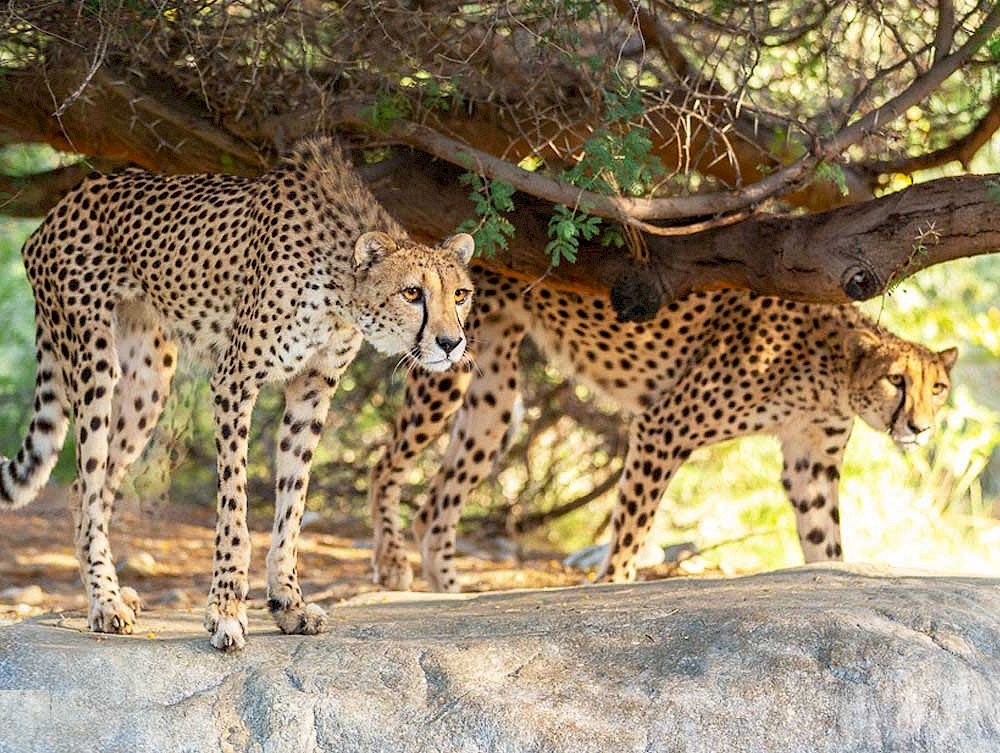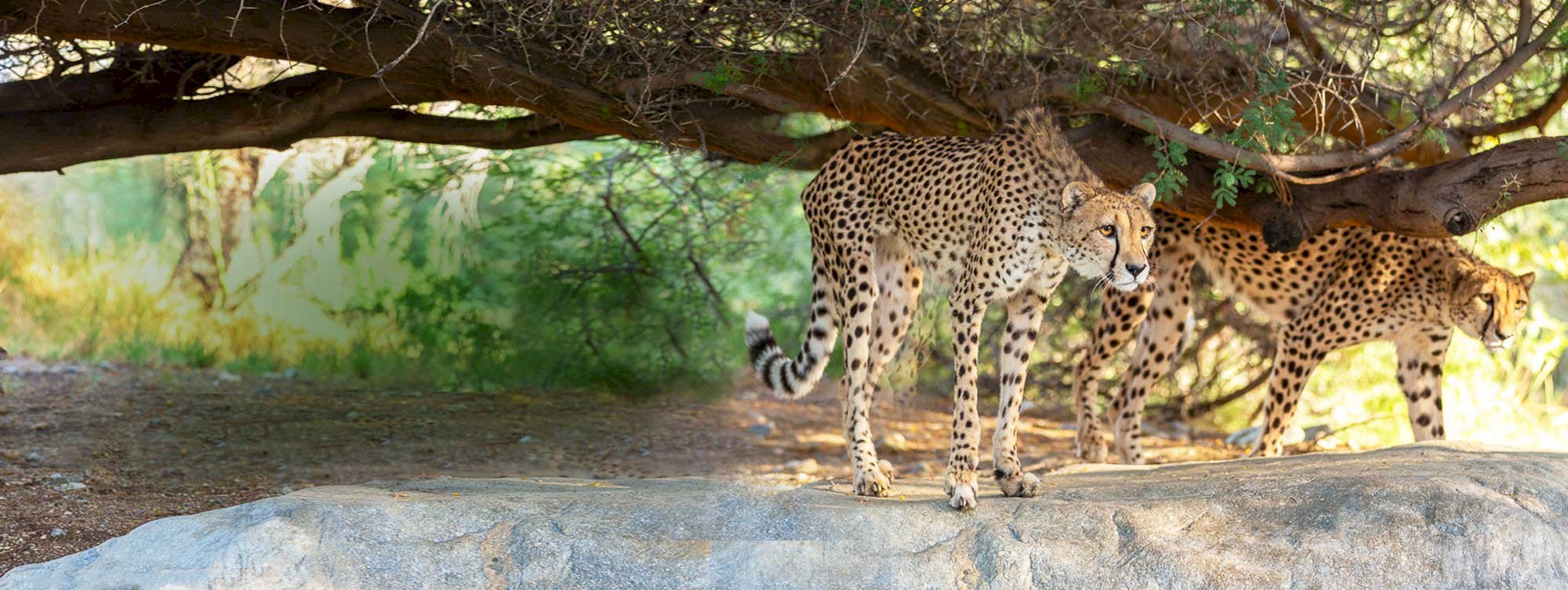Black-Footed Cat Kitten Recovery
May 3, 2022
On April 8, the animal care team at The Living Desert quietly celebrated the historic birth of a black-footed cat kitten at the zoo’s Desert Carnivore Conservation Center. Born to first time mother, Tad, the kitten was growing, nursing, and bonding with her mother in their behind-the-scenes habitat. This is the first black-footed cat kitten to be born at The Living Desert in over 20 years and is a significant birth for the endangered species – this was the only black-footed cat birth in human care this year.
As with most carnivore births, the animal care team remained hands-off during the birth and early neonate period to ensure the offspring successfully bonded with its mother. The animal care team followed a strict supervisory schedule, completing once daily visual checks to ensure the kitten and mother were healthy and bonding.
On Thursday, April 21, the morning visual check alerted the animal care keeper that the kitten was injured. The kitten was immediately brought in to be assessed by The Living Desert’s veterinary team. The kitten had a major laceration to her neck, so the veterinary team went right to work to assess and treat the injury. Incredibly, the kitten survived the multi-hour surgery and has made stable progress over the last two weeks.
“This kitten is a fighter, and she has been through so much already,” said Dr. Christine Higbie, Associate Veterinarian at The Living Desert. “She has stolen our hearts and continues to amaze us with her progress. We know there is a long road of recovery ahead – both progress and setbacks – but we are determined to give this little one everything she needs to succeed.”
The kitten weighs 230 grams – about 7.7 ounces –and remains under the skilled care of the veterinary team. She’s currently receiving a specialized formula every three hours, as well as daily wound treatments, antibiotics, and other medications.
Although we don’t know the exact reason why the injury occurred, it appears that it was caused by the kitten’s mother. It could’ve been from the mother carrying the kitten around too much, overzealous grooming, or another reason altogether.
“Although it seems counterintuitive to us, in the animal world, there is always a risk of the mother, or other family member, suddenly rejecting, harming, or killing the offspring. It is hard to pinpoint exactly why this happens - sometimes it is intentional and other times it is accidental. And in the case of first-time mothers, there can be a learning curve. That first breeding and parenting attempt is a learning experience for the animal,” noted RoxAnna Breitigan, Director of Animal Care.
Black-footed cats are a Vulnerable species categorized by the IUCN (International Union for the Conservation of Nature), with an estimated population of about 13,000 individuals in their native habitat of southern Africa. Black-footed cats are known for being one of the most successful feline hunters, as well as one of the world’s smallest. The birth of this black-footed cat kitten was the result of a Species Survival Plan (SSP®) recommendation to ensure genetic diversity and sustainability in the human care population of black-footed cats. The Living Desert’s Desert Carnivore Conservation Center is a behind-the-scenes habitat and breeding center for endangered small desert carnivores like the black-footed cat, fennec fox, and sand cat.
Stay tuned for more black-footed cat kitten updates!












